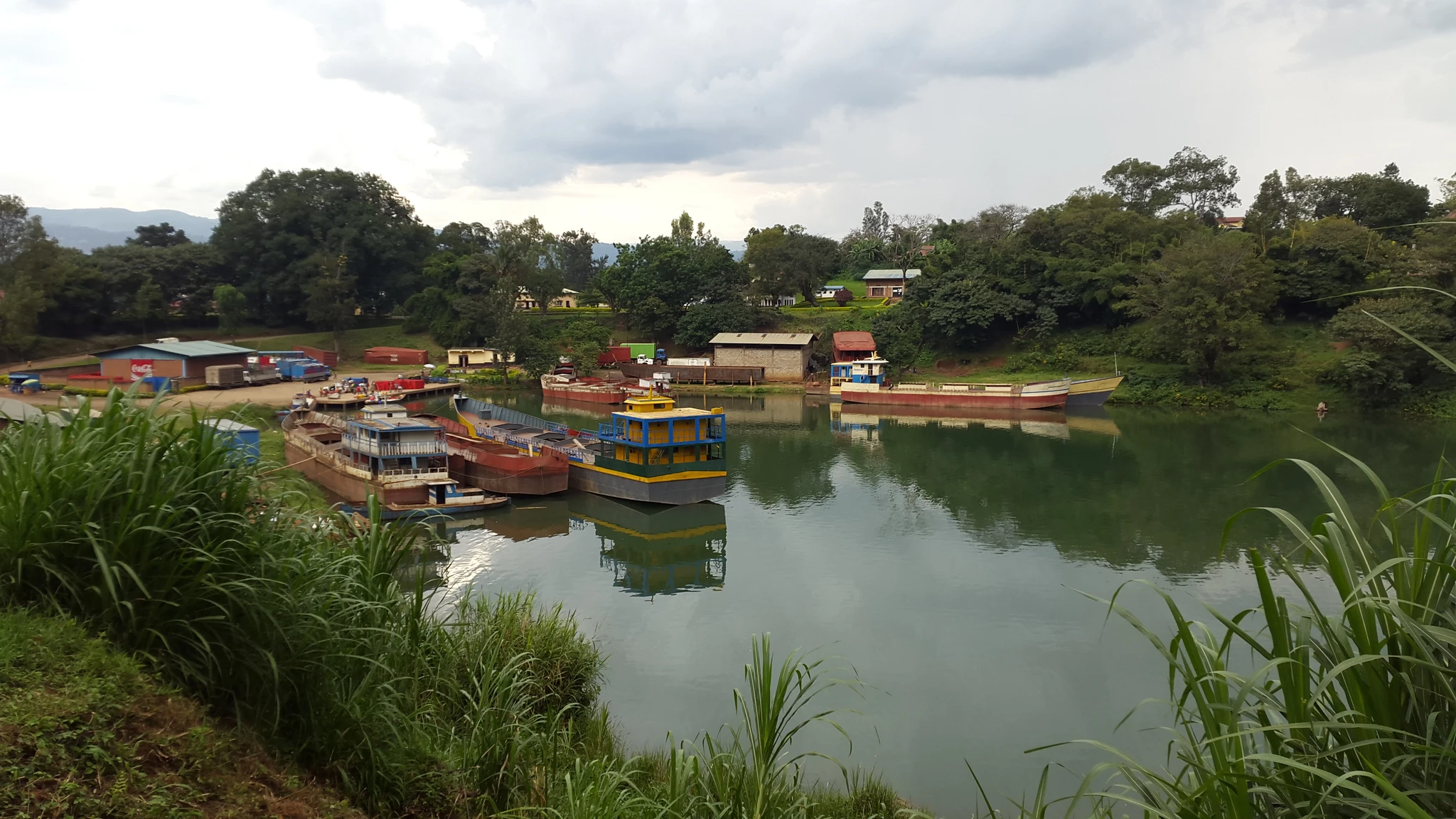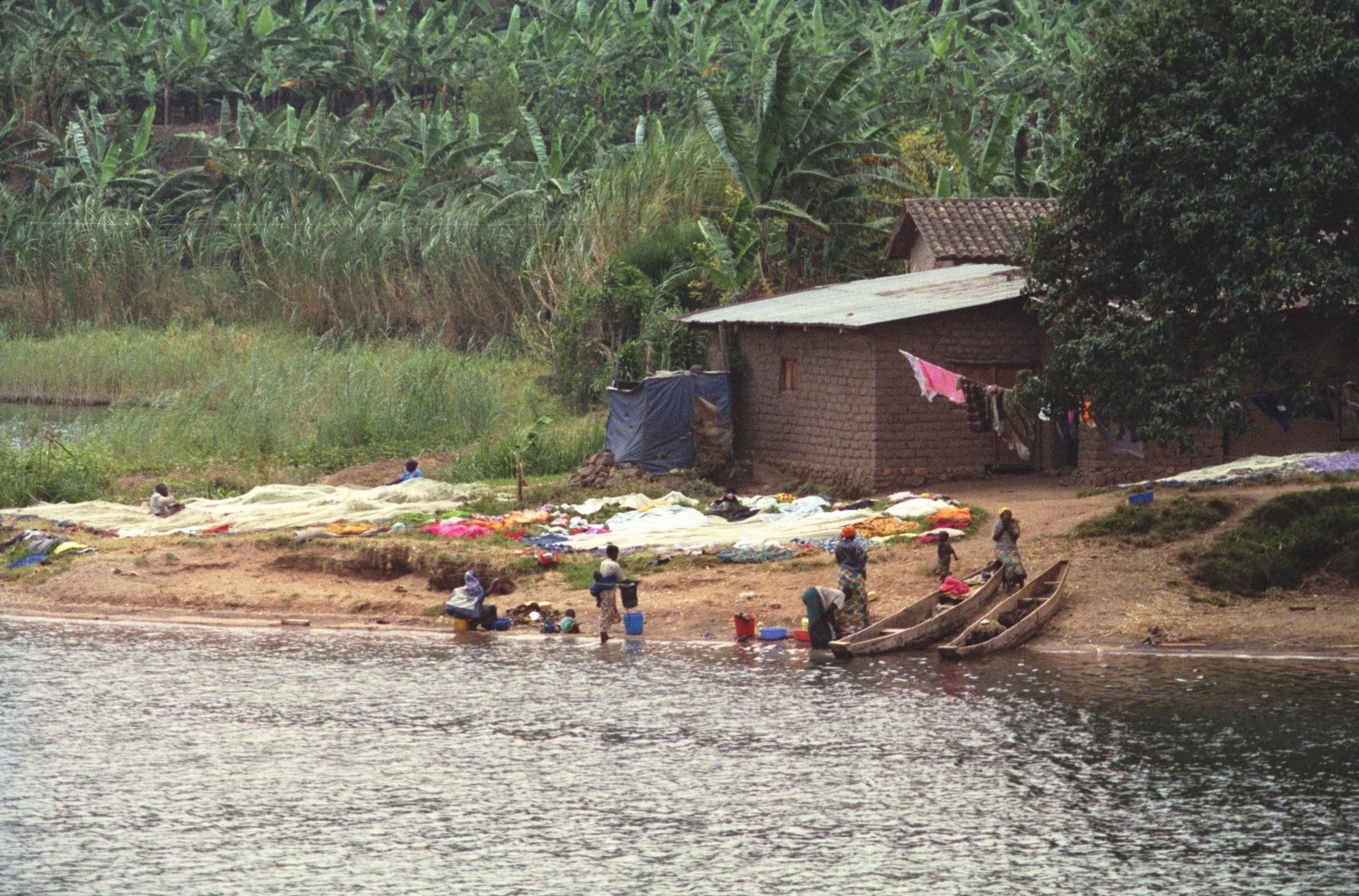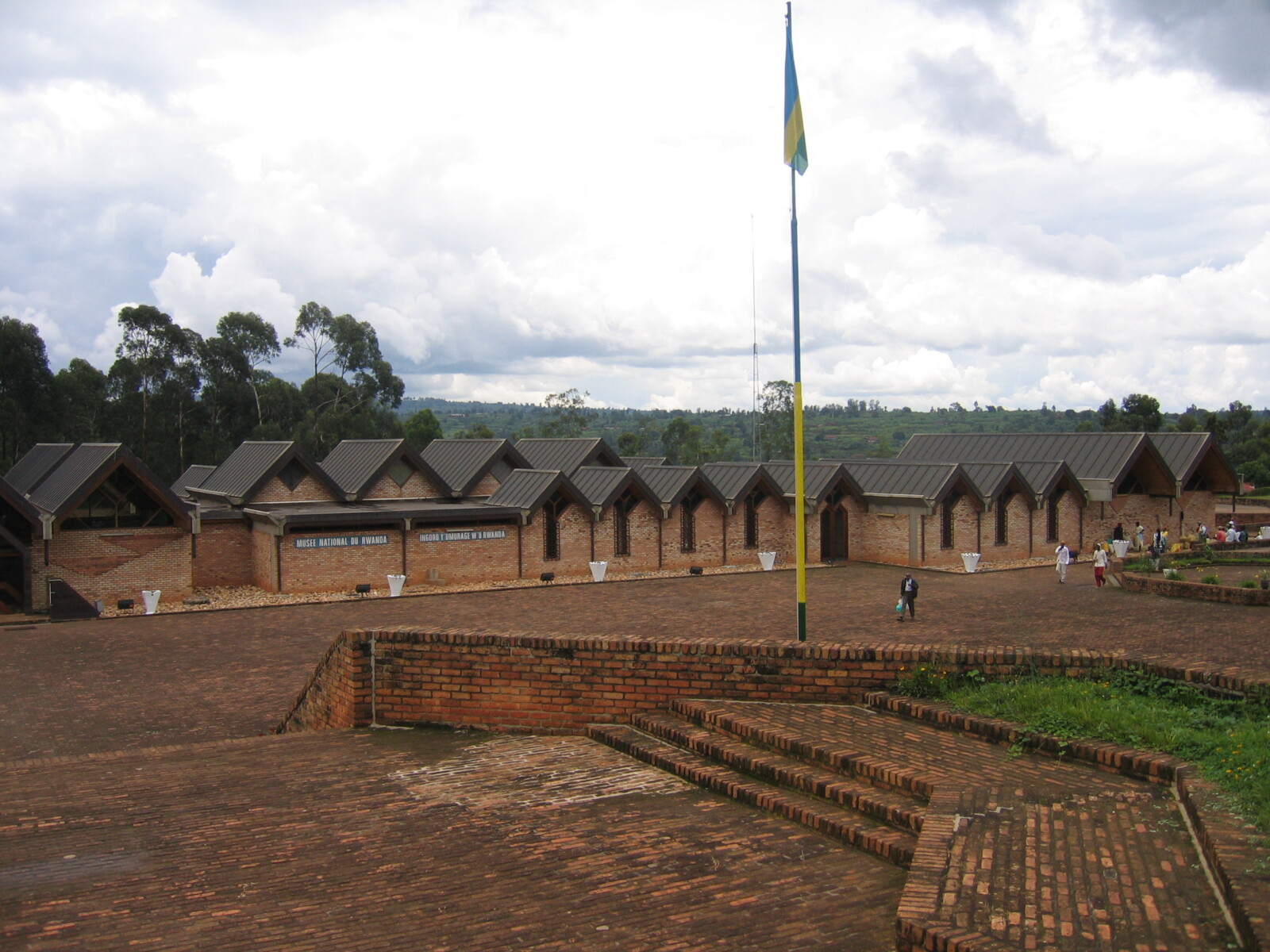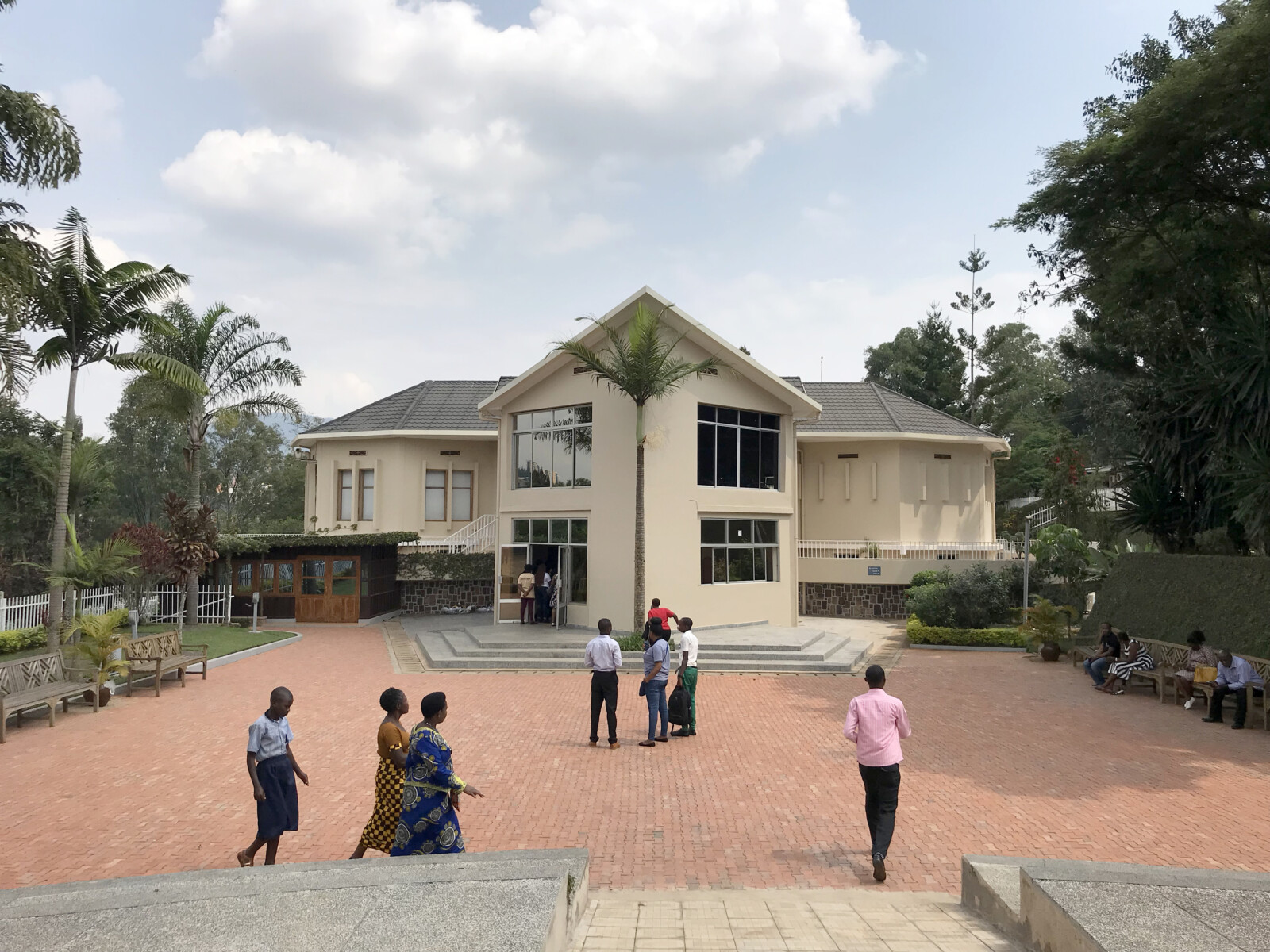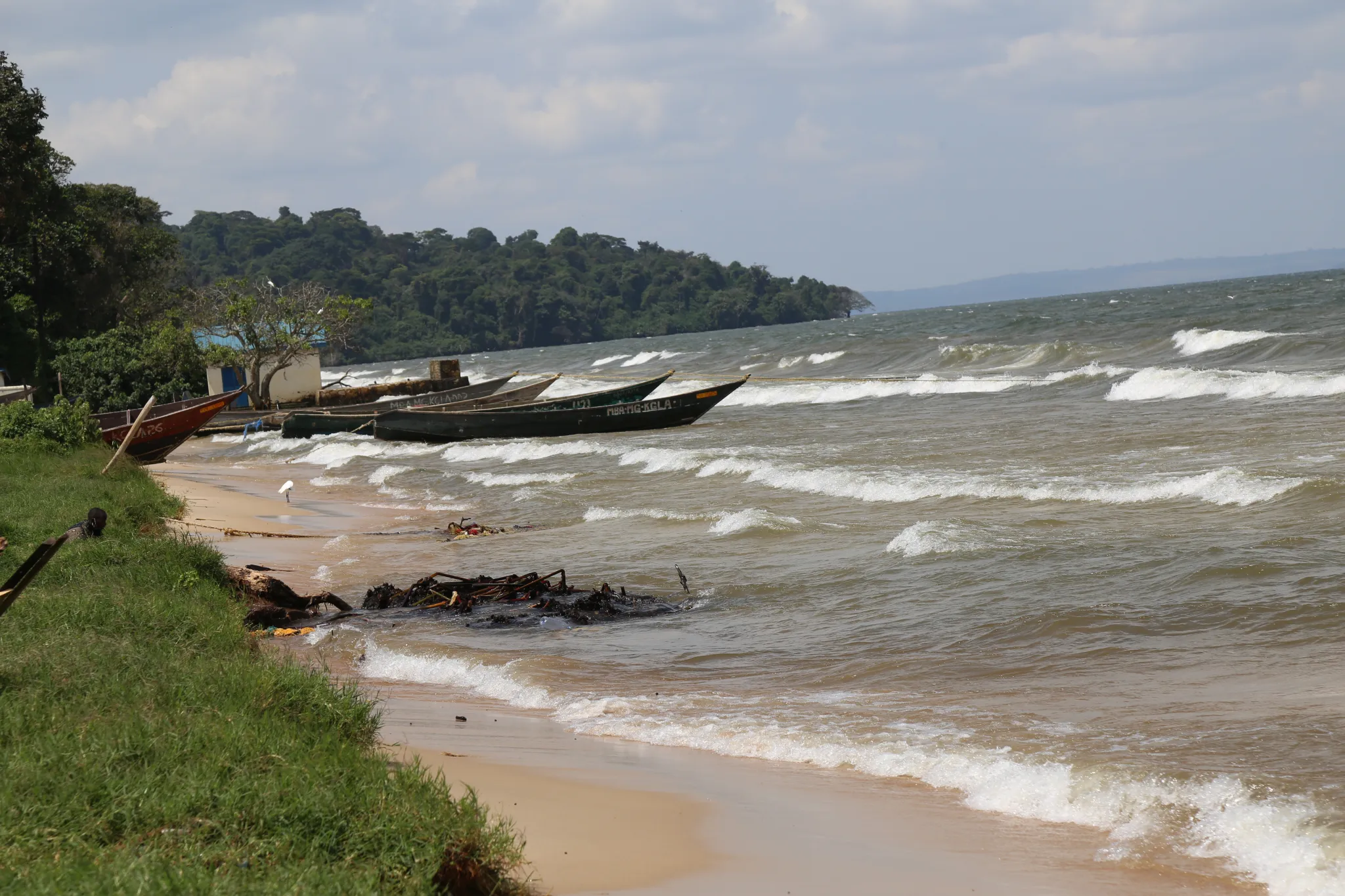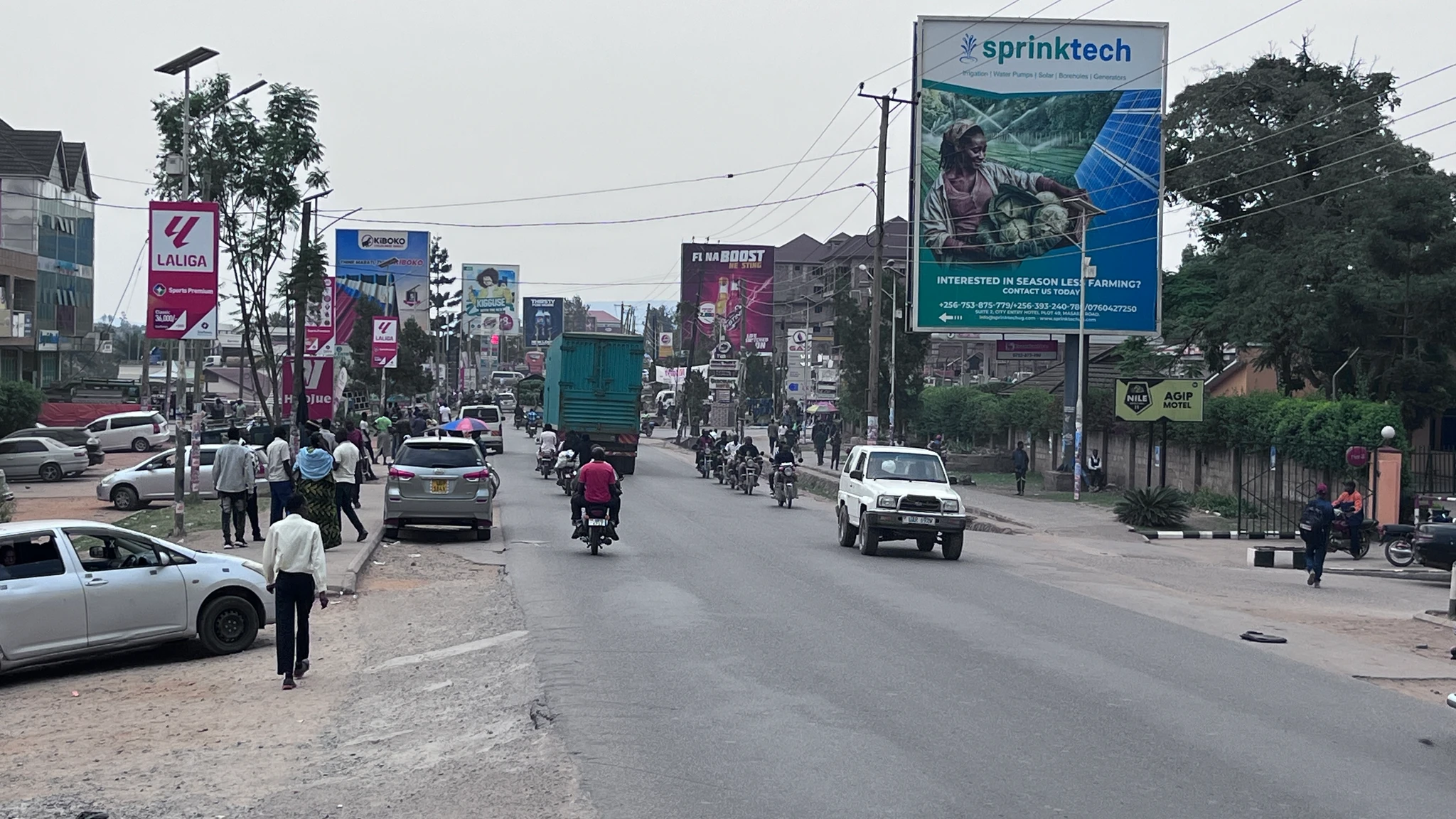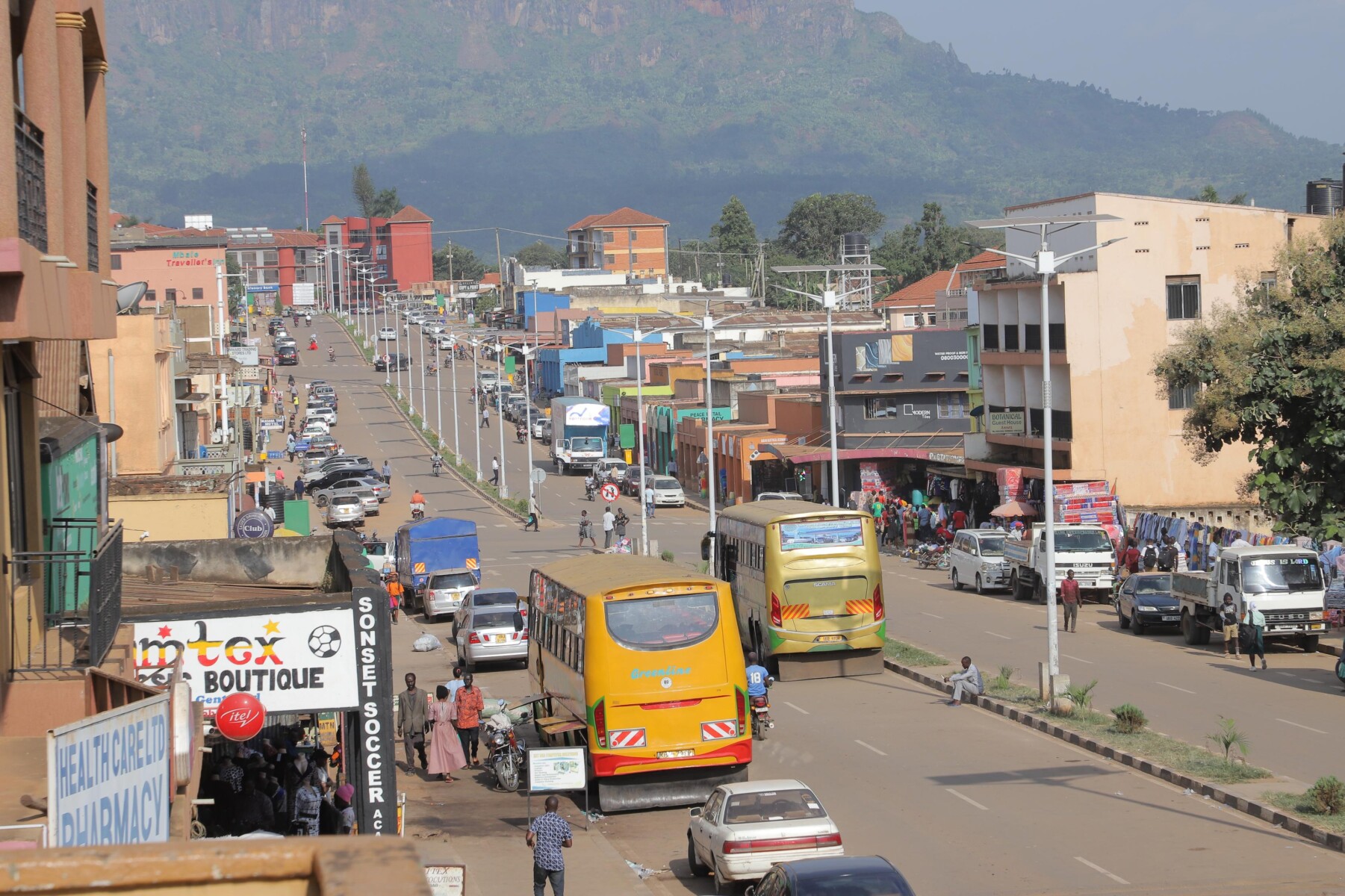Lake Victoria, also known as Lake Nyanza, Ukéréoué, Ukerewe, or Nalubaale, bathes the shores of three countries: Kenya to the northeast, Tanzania to the south, and Uganda to the northwest. It is considered the largest tropical lake in the world and the second-largest freshwater body on the planet. Located in East Africa, in the heart of the Great Lakes region, Lake Victoria is not particularly deep, with an average depth of about 40 meters. It is extensive, covering over 68,000 square kilometres. It is surrounded by two branches of the Great Rift Valley and sits in a depression created by tectonic activity.
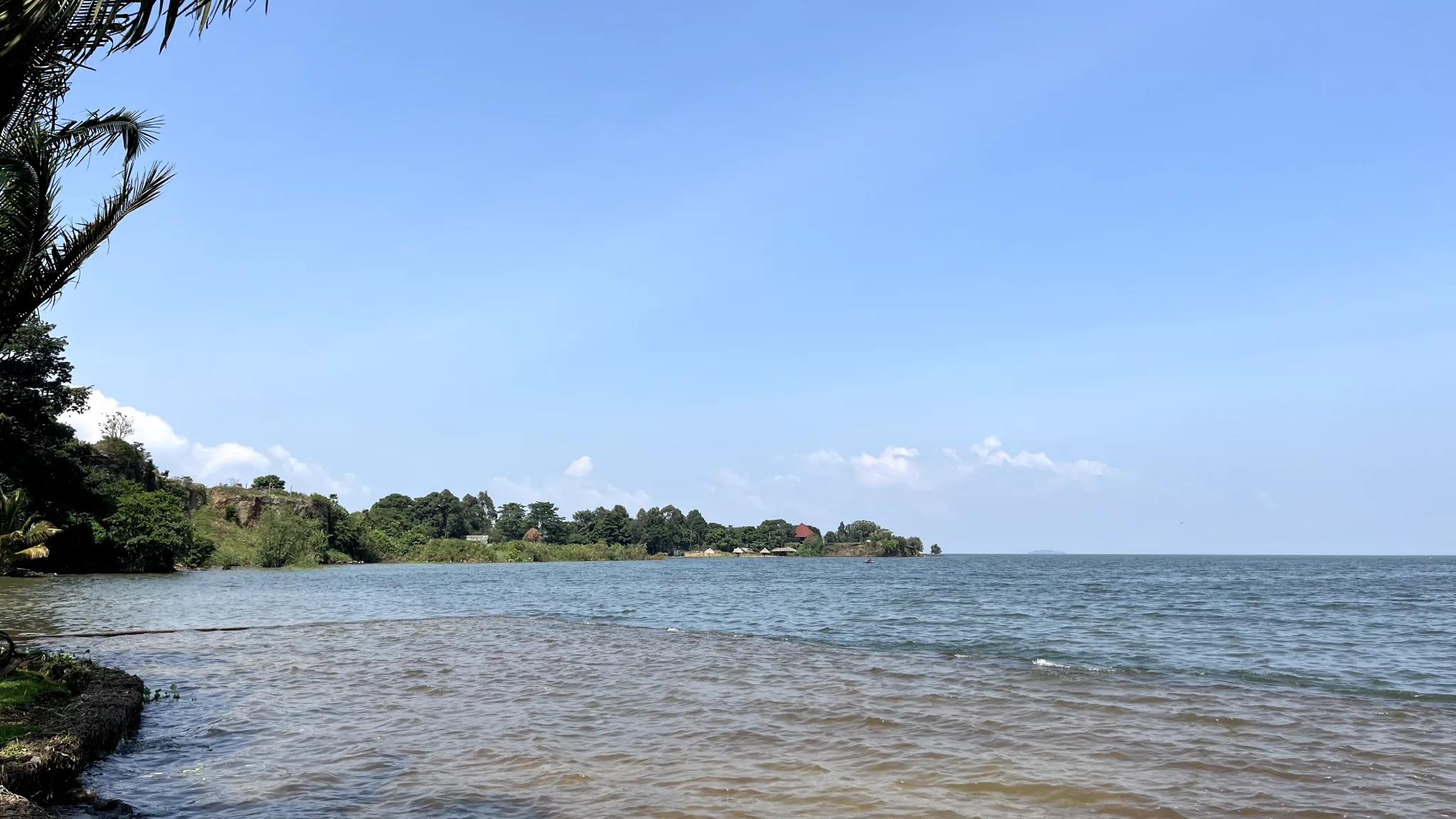
As one of the main sources of the Nile River, Lake Victoria feeds into Lake Albert, forming what is known as the White Nile. Despite its vastness, the lake harbours a rich diversity of tropical flora and fauna. Nonetheless, there are several threats to this biodiversity.
Since the introduction of the invasive species of Nile perch in the 1960s, over two hundred fish species have disappeared from the lake The predatory nature of the Nile perch continues to endanger other species, leading to their gradual decline. Additionally, pollution from surrounding communities exacerbates the plight of endemic species. It is noteworthy that Lake Victoria is home to over thirty million people in rural areas along its shores in three countries, making it one of the most densely populated regions in the world.
During the era of exploration, several expeditions sought the source of the Nile. Richard Francis Burton and John Hanning Speke are famous for discovering the Nile source in 1858 and the subsequent mapping of Lake Victoria. Speke, in particular, named the lake in honour of Queen Victoria of England.
Lake Victoria boasts numerous islands in its waters, including Ukerewe, Ukara, Rubondo, Bumbire, Mfangano, Rusinga, Kome, and Bugala, as well as the Sese Archipelago in Uganda.
